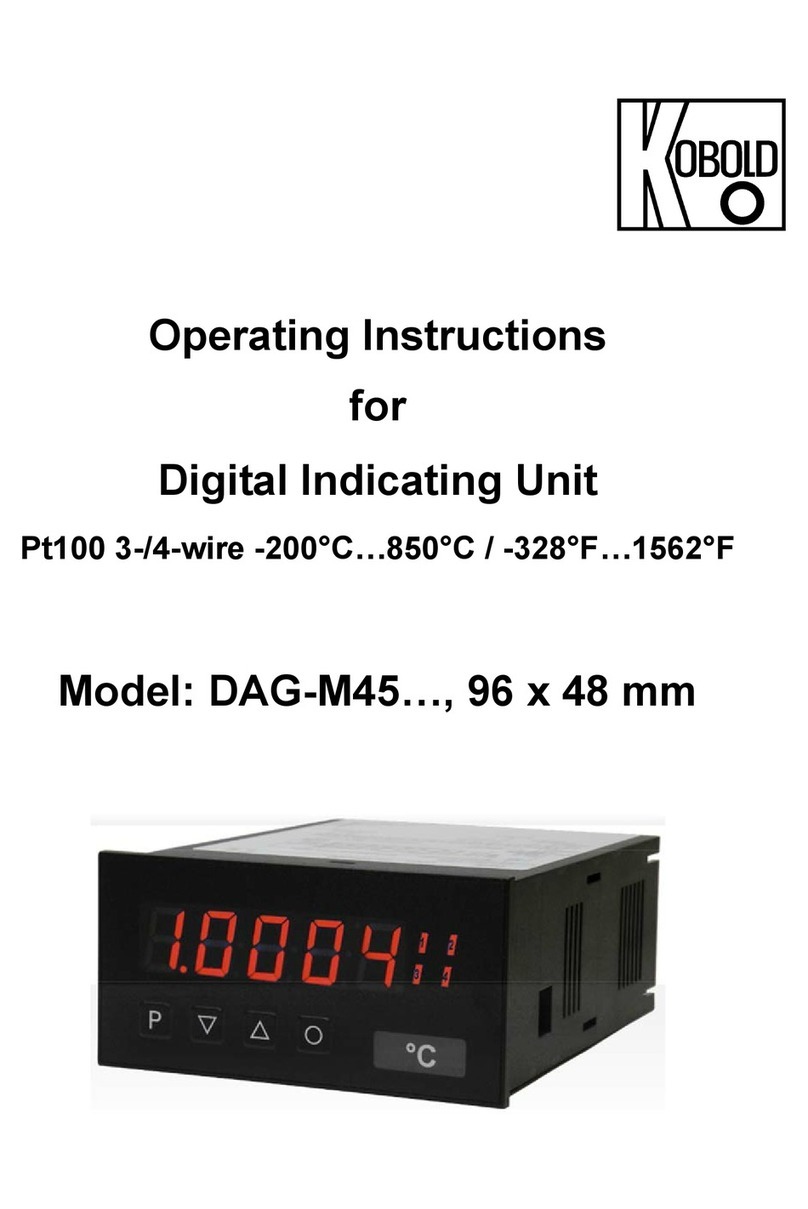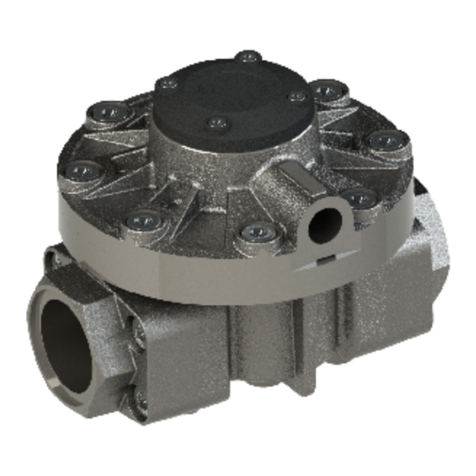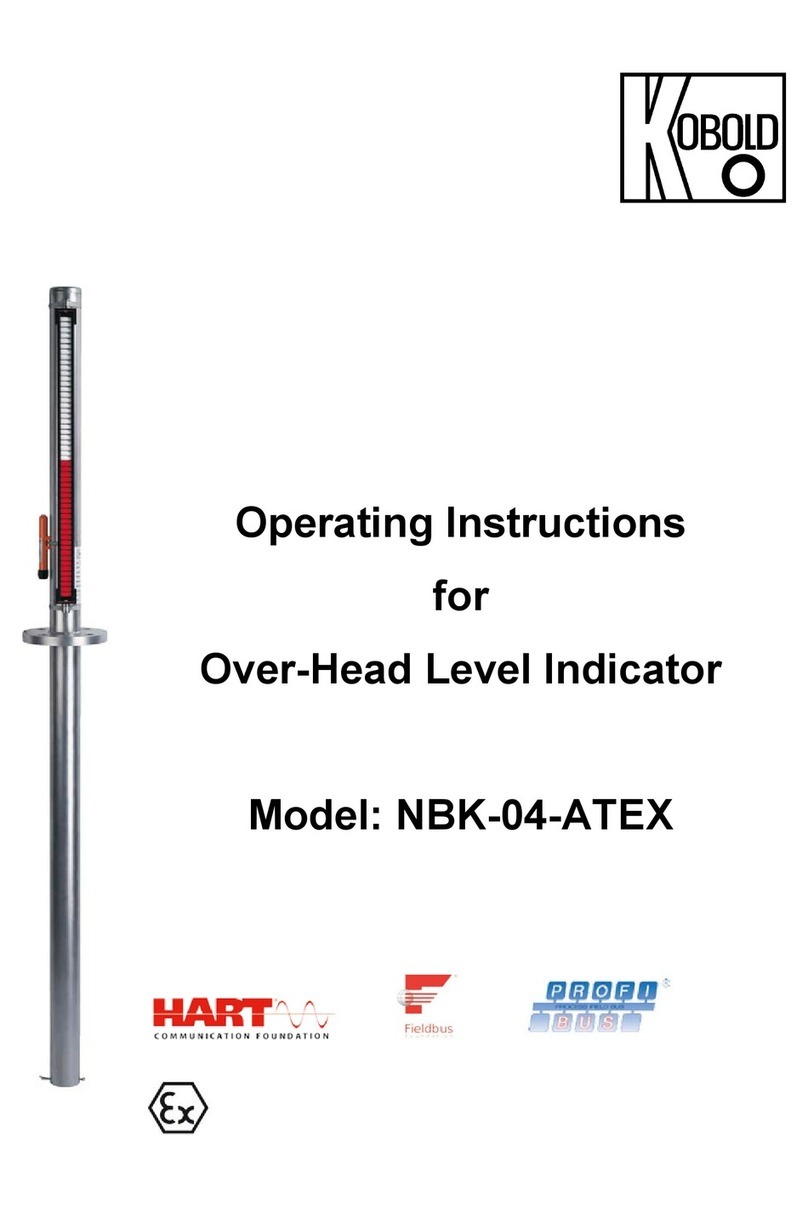Kobold MAS User manual
Other Kobold Measuring Instrument manuals

Kobold
Kobold DAG-M4F Series User manual
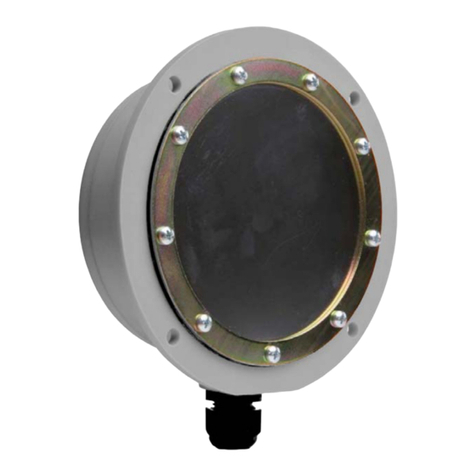
Kobold
Kobold NMF User manual
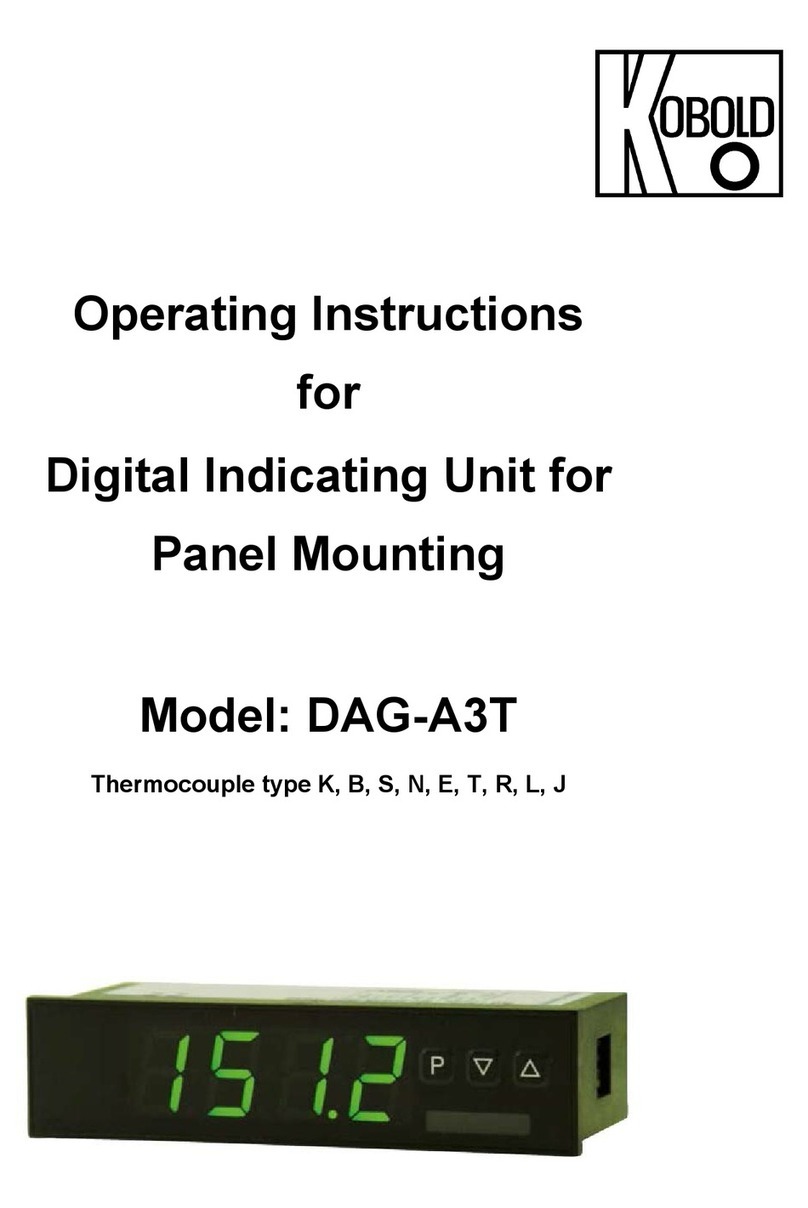
Kobold
Kobold DAG-A3T User manual

Kobold
Kobold HND-F205 User manual

Kobold
Kobold OVZ 1 Series User manual
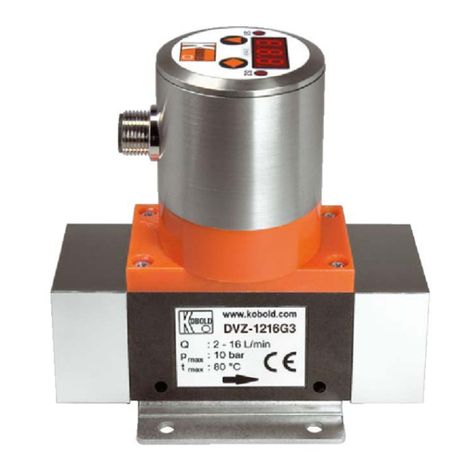
Kobold
Kobold DVZ series User manual
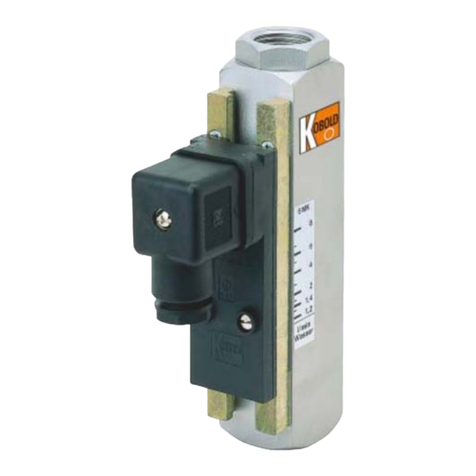
Kobold
Kobold DSS Series User manual

Kobold
Kobold Heinrichs V31 Operating instructions

Kobold
Kobold MAN-SD series User manual
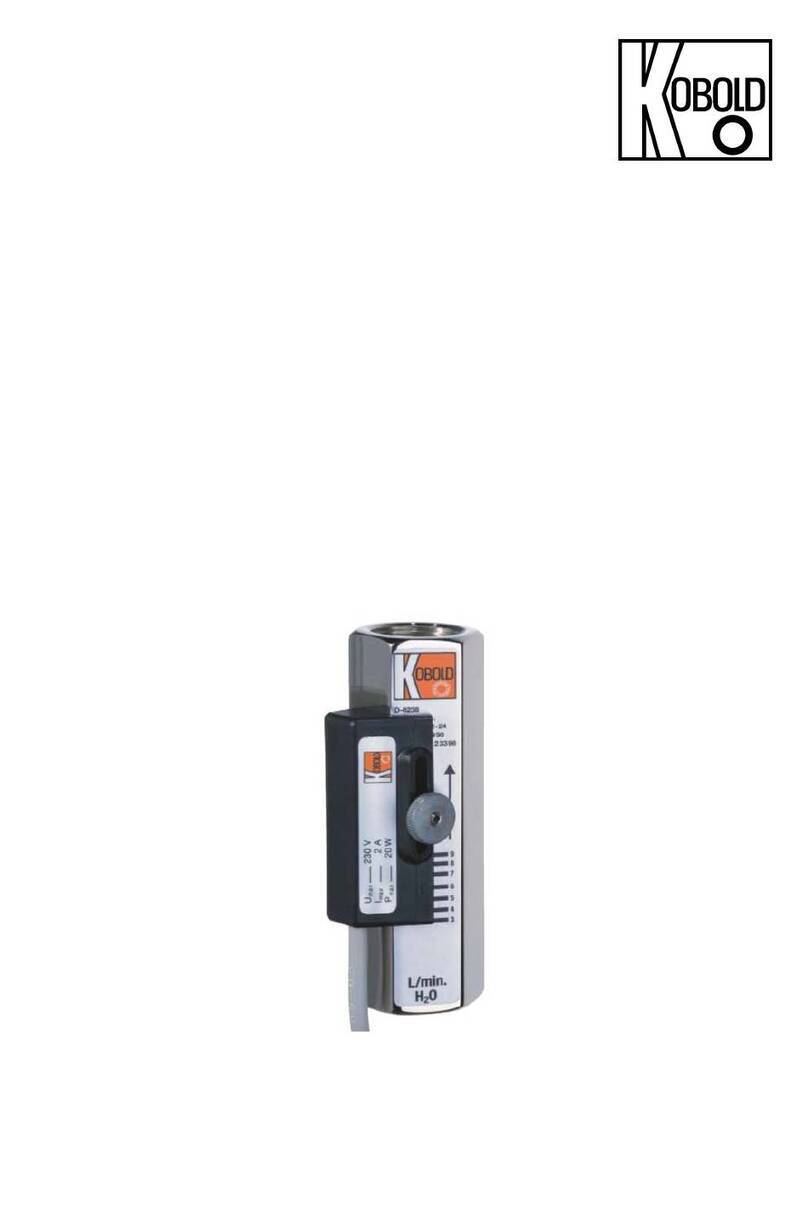
Kobold
Kobold SWK User manual
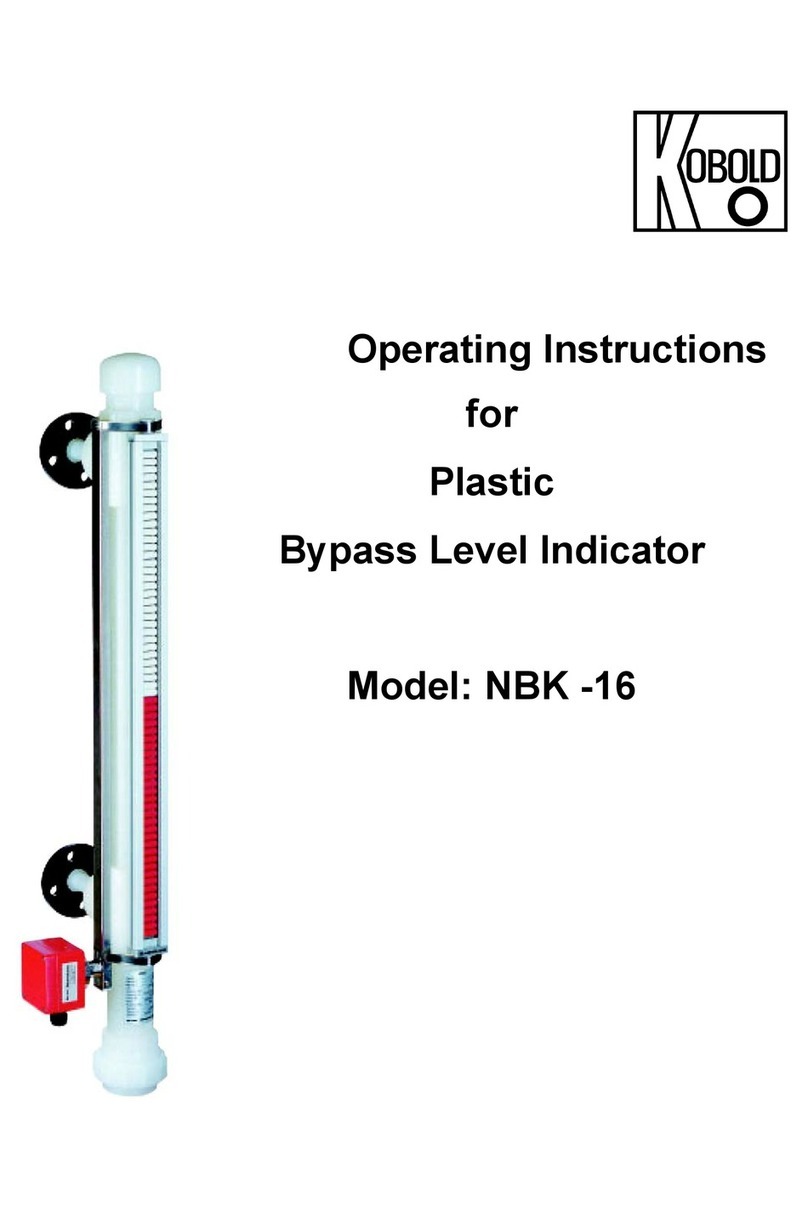
Kobold
Kobold NBK-16 User manual
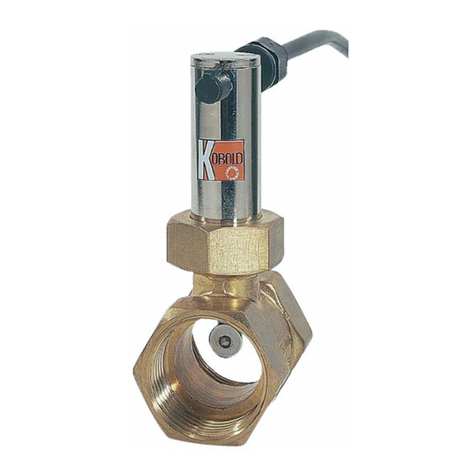
Kobold
Kobold PSR series User manual
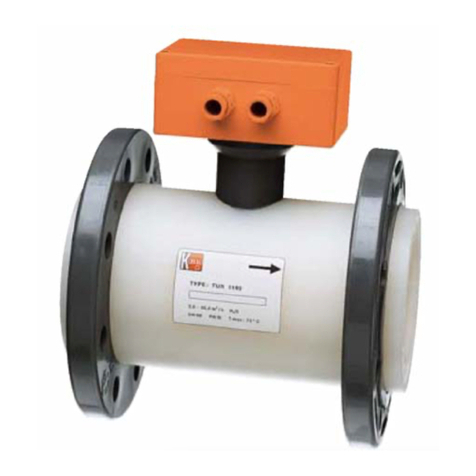
Kobold
Kobold TUR Series User manual

Kobold
Kobold DUC-ZUWD User manual
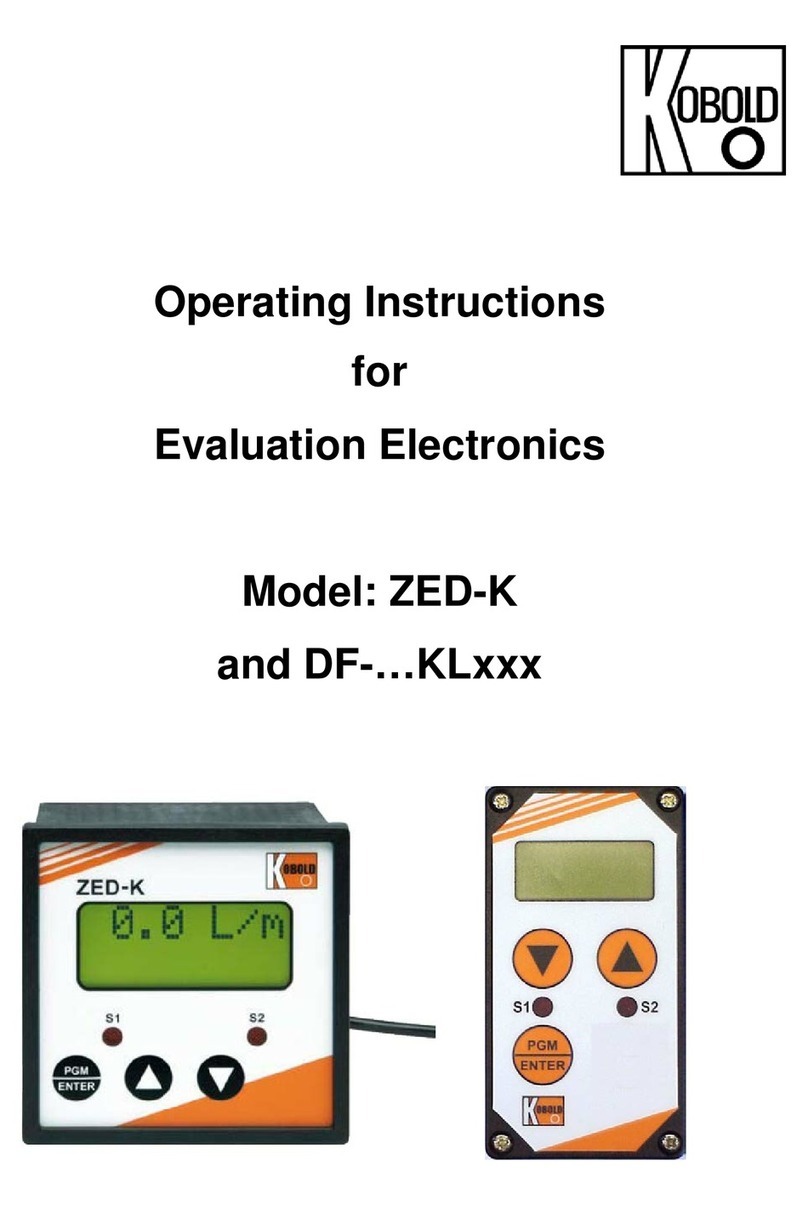
Kobold
Kobold DF KL Series User manual
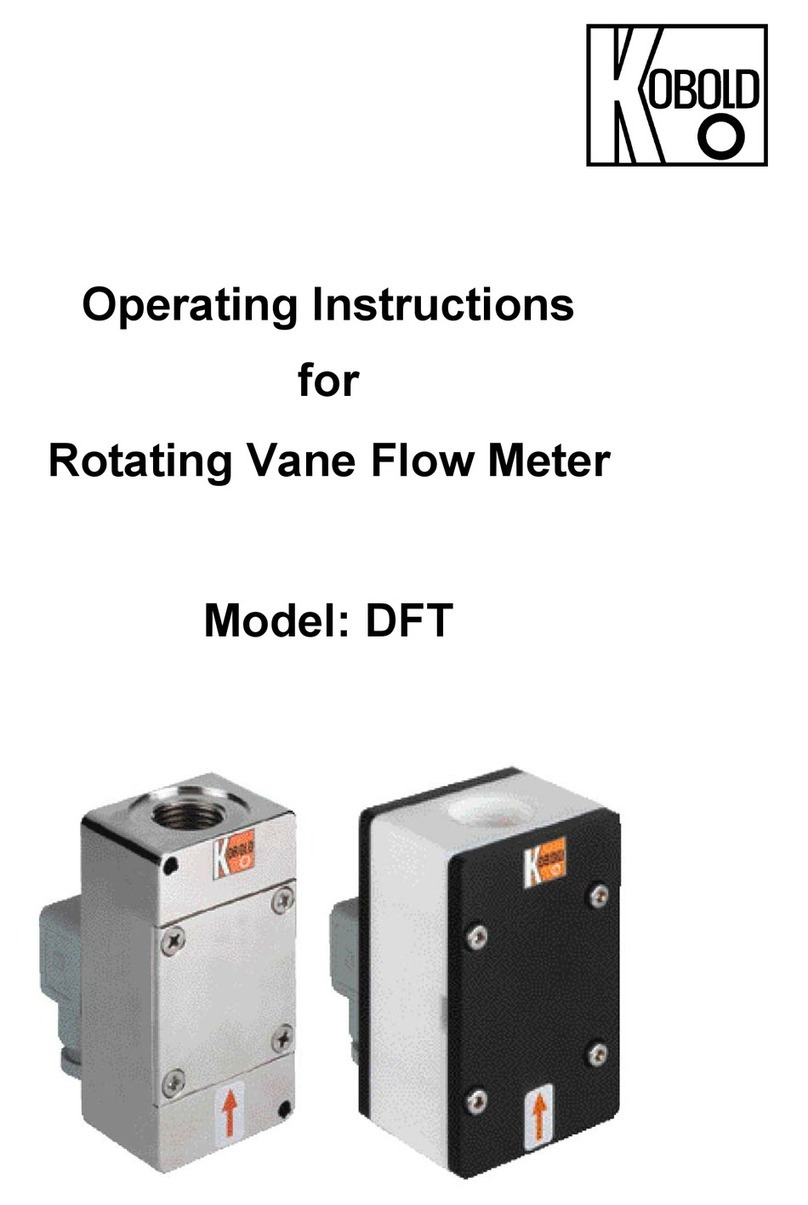
Kobold
Kobold DFT User manual
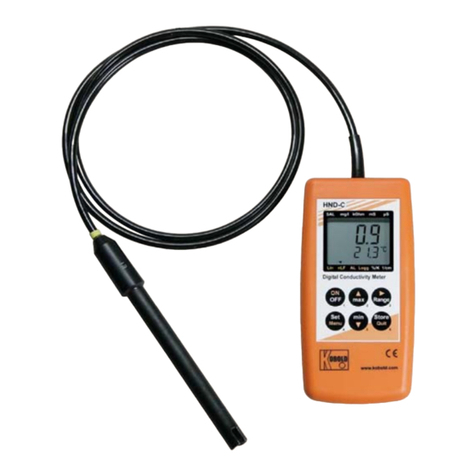
Kobold
Kobold HND-C110 User manual
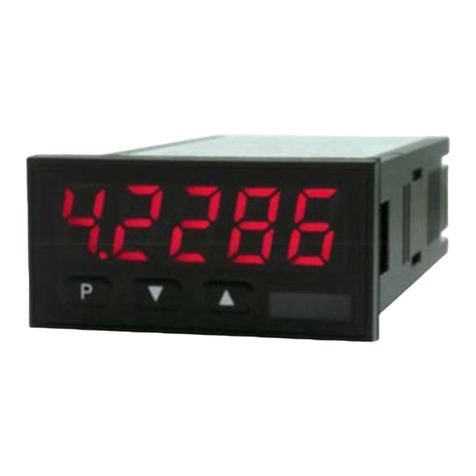
Kobold
Kobold DAG-M1F User manual
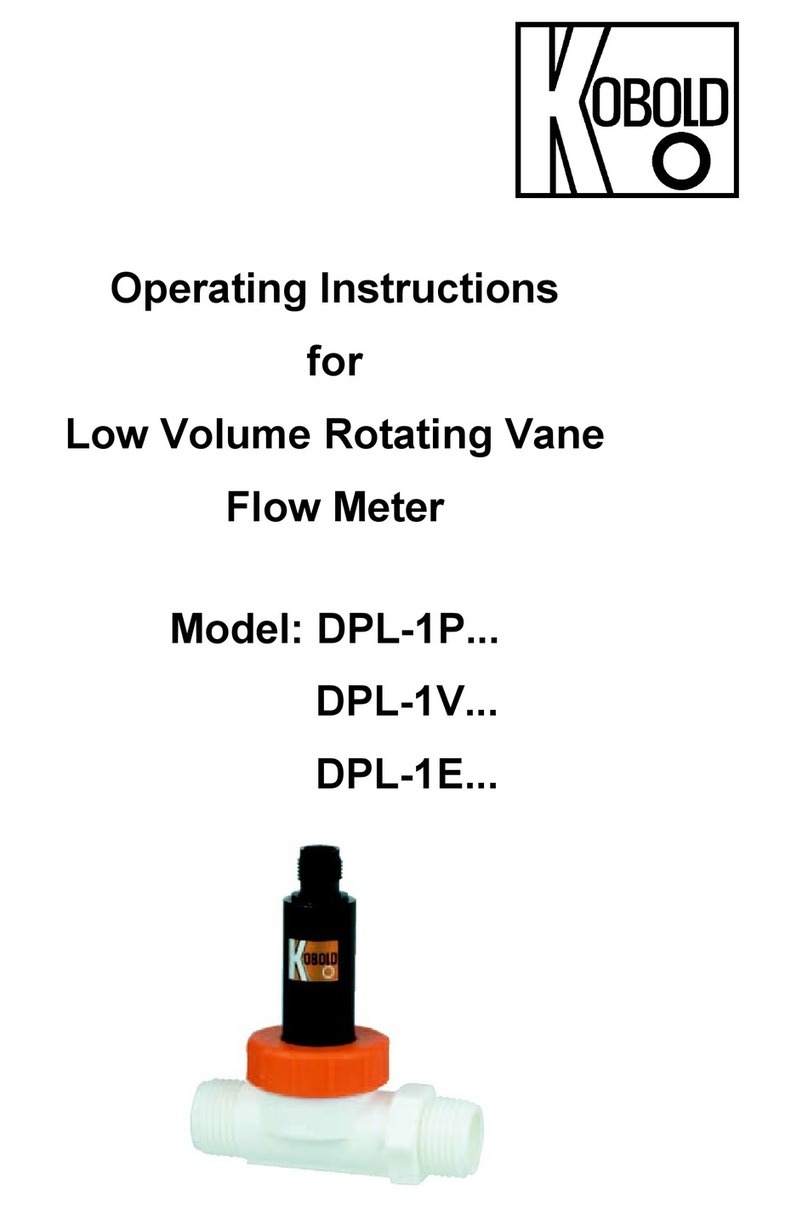
Kobold
Kobold DPL-1P Series User manual

Kobold
Kobold KAL-D User manual
Popular Measuring Instrument manuals by other brands

Powerfix Profi
Powerfix Profi 278296 Operation and safety notes

Test Equipment Depot
Test Equipment Depot GVT-427B user manual

Fieldpiece
Fieldpiece ACH Operator's manual

FLYSURFER
FLYSURFER VIRON3 user manual

GMW
GMW TG uni 1 operating manual

Downeaster
Downeaster Wind & Weather Medallion Series instruction manual

Hanna Instruments
Hanna Instruments HI96725C instruction manual

Nokeval
Nokeval KMR260 quick guide

HOKUYO AUTOMATIC
HOKUYO AUTOMATIC UBG-05LN instruction manual

Fluke
Fluke 96000 Series Operator's manual

Test Products International
Test Products International SP565 user manual

General Sleep
General Sleep Zmachine Insight+ DT-200 Service manual
